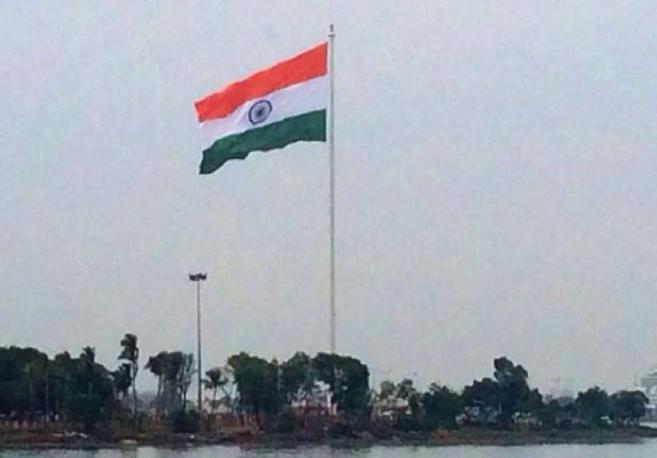Updated By: LatestGKGS Desk
Indian National Flag History, Features, Design, Colors, Message

Indian National Flag (Tricolor) History, Features, Design, Colors, Message
The Indian National Flag is considered as the pride of India.It represents India's long time struggle for freedom from British Rule.
The Indian National Flag exhibits the status of India as an independent republic.
The Indian National Flag came into existence at the meeting of Constitutional Assembly on 22nd July 1947. Since then it is glorifying the significance of Republic of India.
The Indian National Flag was first designed by Pingali Venkayya.
The Indian National Flag popularly known as ‘Tiranga’ is a horizontal, rectangular and Tricolor that contains three equal strips of Saffron, White and Green.
The Saffron color present at the top of the flag symbolises courage and sacrifice of Indians.
The White color present at the middle of the flag represents honesty, peace, and purity. It highlights the importance of maintaining peace in the country.
The Green color present at the bottom of the flag signifies faith and chivalry. It is a symbol of prosperity, vibrancy and life.
The Ashoka Chakra or the Dharma Chakra (Wheel of Law) encrypted in the middle of the White strip is Blue in color. It has 24 spokes and appears on a number of edicts of Ashoka.
The Ashoka Chakra’s 24 spokes symbolise 24 hours of progressive development of the country whereas the Blue color denotes the immenseness of Sky and depth of a sea.
The Indian National Flag is officially made with a dimension ratio of 2:3 with the material of Khadi, Cotton or Silk.


